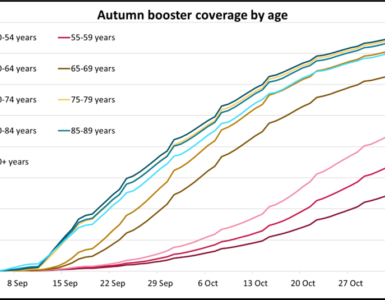Bulletin 5 | Adrian Pinington

Suppression strategies seek to reduce the spread of this epidemic by aggressive identification of infected individuals, with strict isolation of them. Innovative contact tracing and testing, has shown success in slowing the epidemic in countries like Singapore, China, Taiwan and South Korea. However, this leaves the population without immunity and susceptible to recurring outbreaks.
Mitigation strategies seek to manage spread of infection through a population by significantly reducing social interaction between and among population subgroups. Specific isolation measures are implemented for vulnerable subgroups expected to be most adversely affected by infection. Success depends on:
- getting timing and level of reduced social interaction right so health services are not overwhelmed,
- high levels of compliance with social distancing,
- successful identification and isolation of vulnerable subgroups
- acquisition of long term immunity by those who have been infected.
Practically the UK has tried to move to a suppression strategy, but limitations of testing capacity mean that a mixture of suppression and mitigation is actually being applied. Each country will need to make its own decisions and hopefully we will be able to learn quickly from each other, unfortunately with the data arising from many individual tragedies.














